https://youtu.be/zut2NLMVL_k
A video from 1994 that has purportedly never been seen by a mass audience before features a bushy-bearded Steve Jobs discussing his legacy during his so-called NeXT wilderness years. And surprisingly, the egocentric and charismatic founder of Apple believes that in two hundred years, he will be forgotten.
![Steve Jobs Was Wrong: He Thought He Would Be Forgotten By History [Video] post-232497-image-01b33f24e57f67c60aebc33faf2e1b39-jpg](https://www.cultofmac.com/wp-content/uploads/2013/06/post-232497-image-01b33f24e57f67c60aebc33faf2e1b39.jpg)
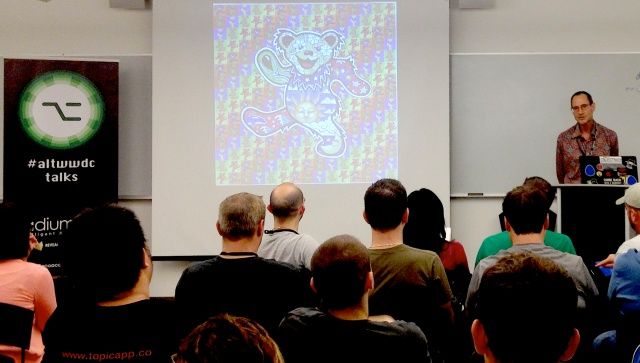
![Track iPhone Data Usage And Set Warnings with Beautiful DataMan Next App [Daily Freebie] dataman-next-1](https://www.cultofmac.com/wp-content/uploads/2013/06/dataman-next-1.jpg)
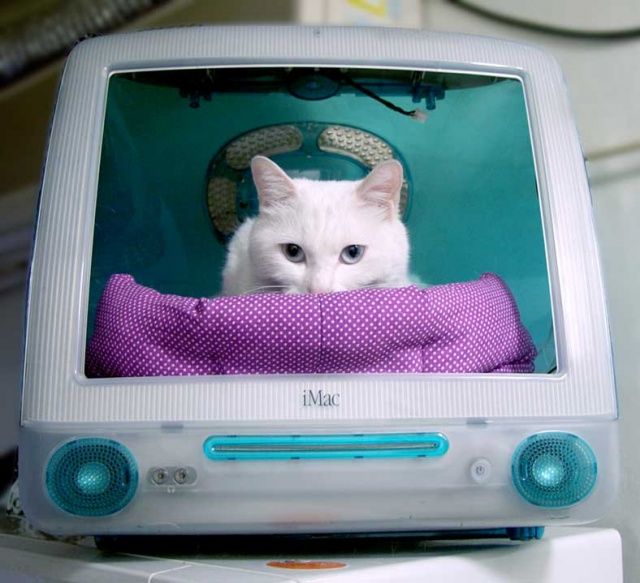
![Nose Jobs: The Story Behind The Most Incredible Steve Jobs Photo You’ve Never Seen [Feature] nosejobs](https://www.cultofmac.com/wp-content/uploads/2013/01/nosejobs.jpg)
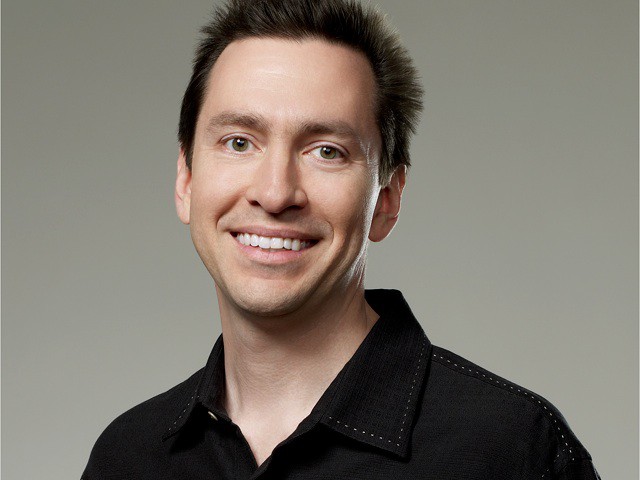
![Watch Steve Jobs Do Some Gardening And Talk About Building NeXT [Video] post-197236-image-783aefc08006ff2a69f05cd21f562c2f-jpg](https://www.cultofmac.com/wp-content/uploads/2012/10/post-197236-image-783aefc08006ff2a69f05cd21f562c2f.jpg)
![How Scrollbars Have Changed Throughout History [Image] bars](https://www.cultofmac.com/wp-content/uploads/2012/09/bars.jpg)

![Everything You Need To Know About The Apple Vs. Samsung Trial [Day Five] applevssamsung](https://www.cultofmac.com/wp-content/uploads/2012/08/applevssamsung1.jpg)
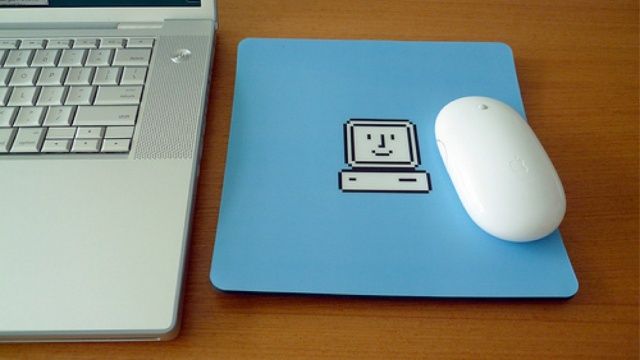
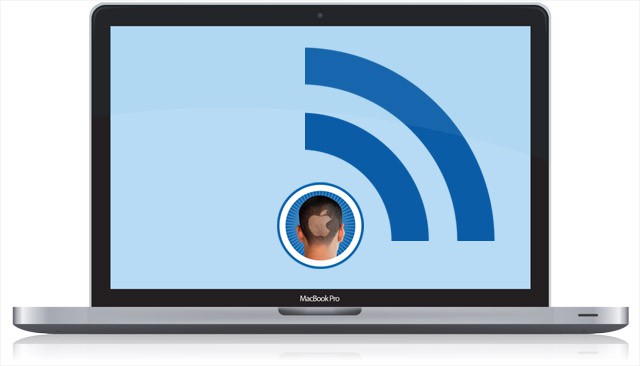
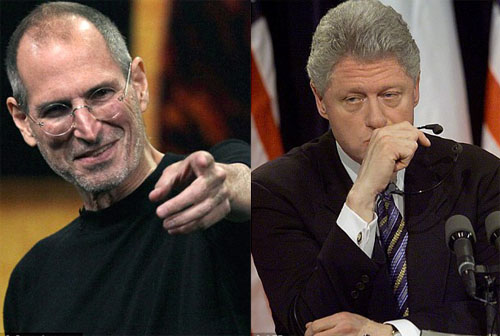
![Here’s One Reason You Should Read Ken Segall’s New Book, “Insanely Simple” [Review] Ken Segall, photo @Doug Schneider.](https://www.cultofmac.com/wp-content/uploads/2012/04/Ken-Segall-c-Doug-Schneider-NEW.jpg)
![Every Apple Product Ever In Just 30 Seconds (And Every NeXT Product Too) [Video] post-145375-image-ef4baa3fe7ce14cb775f4de3734f3f71-jpg](https://www.cultofmac.com/wp-content/uploads/2012/02/post-145375-image-ef4baa3fe7ce14cb775f4de3734f3f71.jpg)
![Watch Steve Jobs Brainstorm With His Team At NeXT In This Fascinating Documentary [Video] post-130956-image-3e56023ed2611a7f0640932fff4ab498-jpg](https://www.cultofmac.com/wp-content/uploads/2011/11/post-130956-image-3e56023ed2611a7f0640932fff4ab498.jpg)